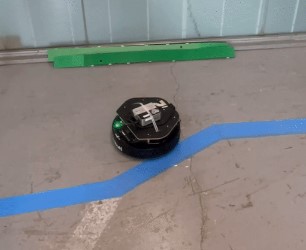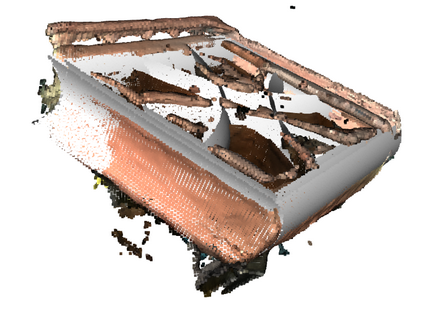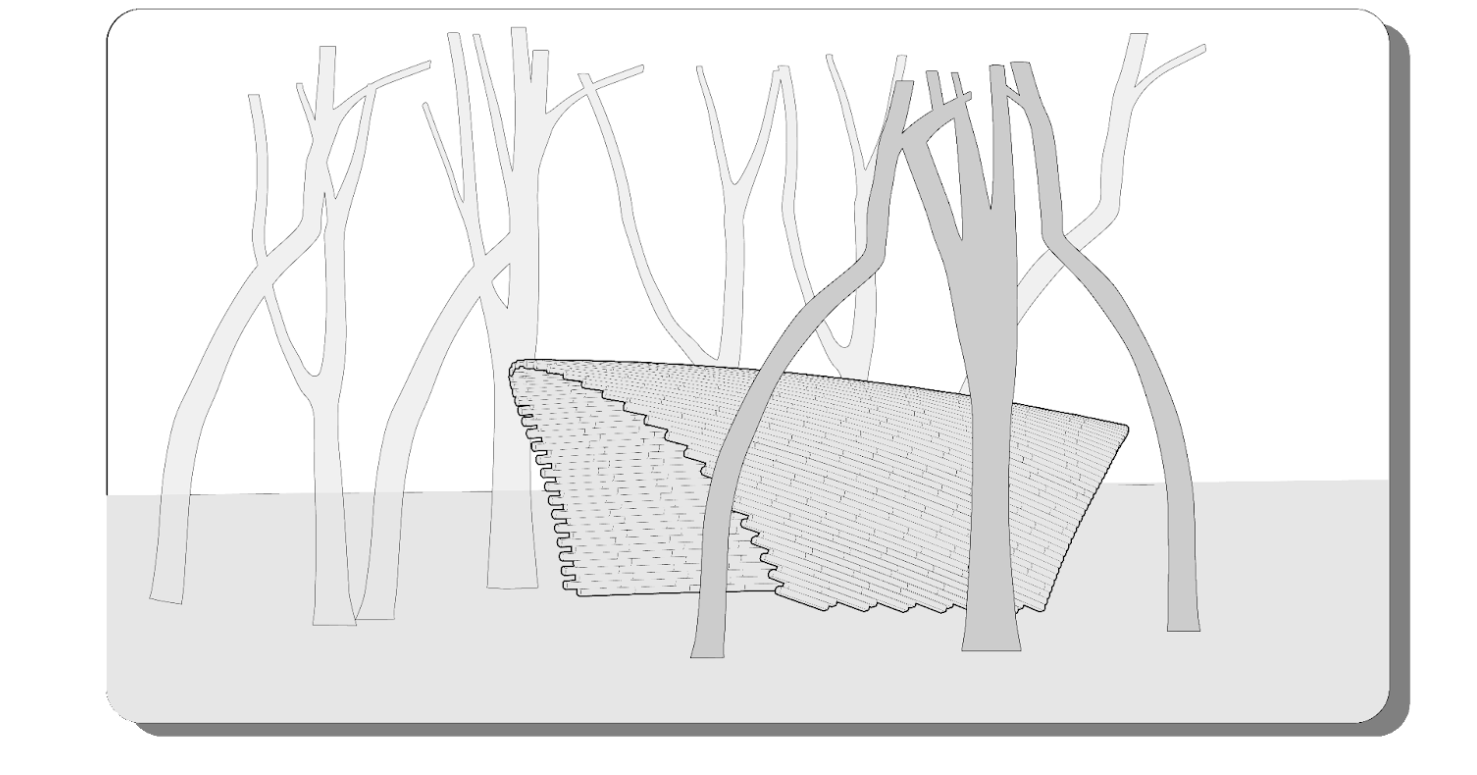Building Instincts
In this workshop, we collaborated all together to investigate the neuro-evolution (artificial evolution defining neural networks) as a strategy to develop autonomous behaviours of mobile robots (in this workshop we used Turtlebots) to perform given tasks. We used N.E.A.T. (NeuroEvolution of Augmenting Topologies) as a method framework for artificial evolution of these robot controllers and increased … Read more








